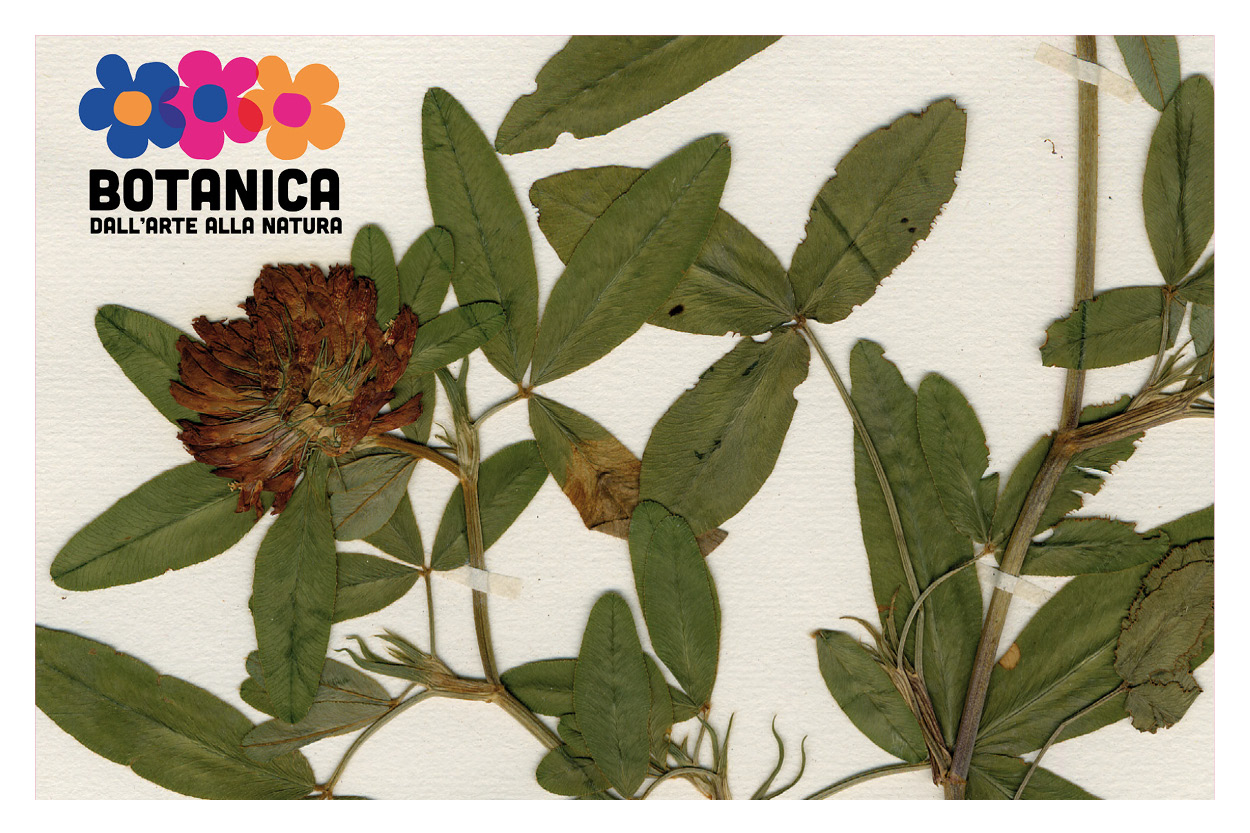Curated by Mami Azuma
In collaboration with the Natural History Museum of Milan
10 October – 8 November 2015
From an experiment, the mapping of Casa Testori’s garden, came the idea of the Professione Botanicoexhibition, a selection of fascinating herbariums that helped us learn more about the exciting work of those who “catalogue” nature: the botanist.
Through the exhibition, visitors were able to discover that this profession is not only concerned with the theoretical study of herbaceous, shrub and tree species, with the collection, recognition and conservation of specimens in a cupboard. But rather that discoveries in botany have repercussions in everyday life. In this respect, the exhibition route opened the doors to the Botany section of Milan’s Natural History Museum, revealing some of the activities carried out on a daily basis in the laboratories and storerooms.
Collaborations with university research institutes, local authorities, health care companies and hospitals form a dense network of exchanges of information and experience that highlight the usefulness of the botanical research carried out over the years.
Early recognition in the emergency room of, for example, a leaf, fruit, seed or root ingested, even inadvertently, by a patient enables Poison Control Centre staff to intervene rapidly with appropriate treatment targeted at the type of toxic, potentially fatal substance. To some extent, there is a belief that anything ‘natural’ can only be good for you. Nothing could be further from the truth: just think of the very serious intoxications caused by mushrooms.
Travelling through the territory observing the spontaneous flora, together with a solid botanical knowledge, makes it possible to constantly monitor the environment and to promptly signal the appearance of potentially invasive exotic species that can colonise the territory in a few years, replacing the autochthonous flora. The introduction of exotic species may be entirely accidental, but the damage in ecological and economic terms for the eradication of the unwanted species is not to be underestimated.
However, this does not entirely remove the aura of romanticism that surrounds the botanist’s work. In fact, the possibility of finding new species, even today and without going to some remote region of the Earth, does exist. In 1992, Enrico Banfi and Renato Ferlinghetti determined the existence of a new species: the Primula Albenensis, found on Monte Alben in the Bergamo Pre-Alps. By doing so, Banfi and Ferlinghetti crowned the dream of many botanists.







